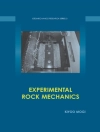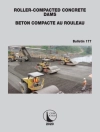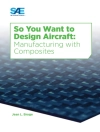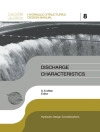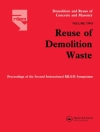An important consideration for energy-efficient buildings is their primary energy requirements over the entire life cycle. How to determine this? What integrative factors influence the performance of a healthy and sustainable building? This, while it may be important for clients and architects to know, is frequently not very transparent.
This book has been written to assist with clarifying target criteria and expanding horizons when it comes to ecological buildings. It is meant as a handbook and source of reference for clients, architects, planners and building operators, to provide them with pertinent information about their design, construction and operation: how to do this in the most energy-efficient and economical manner?
Also, there is feedback and documentation about prominent buildings like the Hamburg Dockland or the Landesbank Baden-Wuerttemberg in Stuttgart. They provide excellent architectural examples for detailed construction and design solutions. Further, there are insightful interviews with architects and clients about many important buildings, which help turn this book into an integrated source of reference for sustainable architecture.
– A Guideline for Planning, Construction and Operation of sustainable Buildings
– A source of reference for clients, architects, planners and building operators
– Innovative architectural examples with sustainable concepts and design
विषयसूची
Part A. The Motivation behind the Green Building Idea.- Part B. Green Building Requirements.- B1 Sustainable Design.- B2 Conscientious Handling of Resources.- Part C. Design, Construction, Commissioning and Monitoring for Green Buildings.- C1 Buildings.- C2 Building Services Engineering.- C3 Commissioning.- C4 Monitoring and Energy Management.- Part D. A closer Look – Green Buildings in Detail.- D1 Dockland Building in Hamburg.- D2 SOKA Building in Wiesbaden.- D3 KSK Tuebingen.- D4 LBBW Stuttgart.- D5 The Art Museum Stuttgart.- D6 New Building: European Investment Bank (EIB) in Luxemburg.- D7 Nycomed, Constance.- D8 DR Byen, Copenhagen.- D9 D&S Advanced Building Technologies Building, Stuttgart.- Appendix.
लेखक के बारे में
Dr. Michael Bauer is Managing Director of Drees & Sommer Advanced Building Technologies and Partner of Drees & Sommer. He is responsible for Green Building, Energy Design, Energy Management and Building Technology. Aside from his professional endeavours he is the representative for several VDI guidelines and he also lectures at Stuttgart University about innovative Energy Eoncepts and new Commissioning Methods.
Peter Mösle is a member of the Executive Board and at Drees & Sommer Advanced Building Technologies responsible for the areas of Energy and Green Building Design, where he develops cross-trade Energy and Building Concepts for Sustainable Buildings. In this function, he has been project leader for numerous well-known buildings in Germany and abroad. He lectures at University of Applied Scienses in Esslingen about Simulation Techniques.
As team leader, Dr. Michael Schwarz is responsible for the areas Energy Management/Innovative Energy Systems at Drees & Sommer Advanced Building Technologies and also for numeric air flow simulation. His scope of tasks ranges from incorporating regenerative Energy Sources to the development of trigeneration for large power plants.


